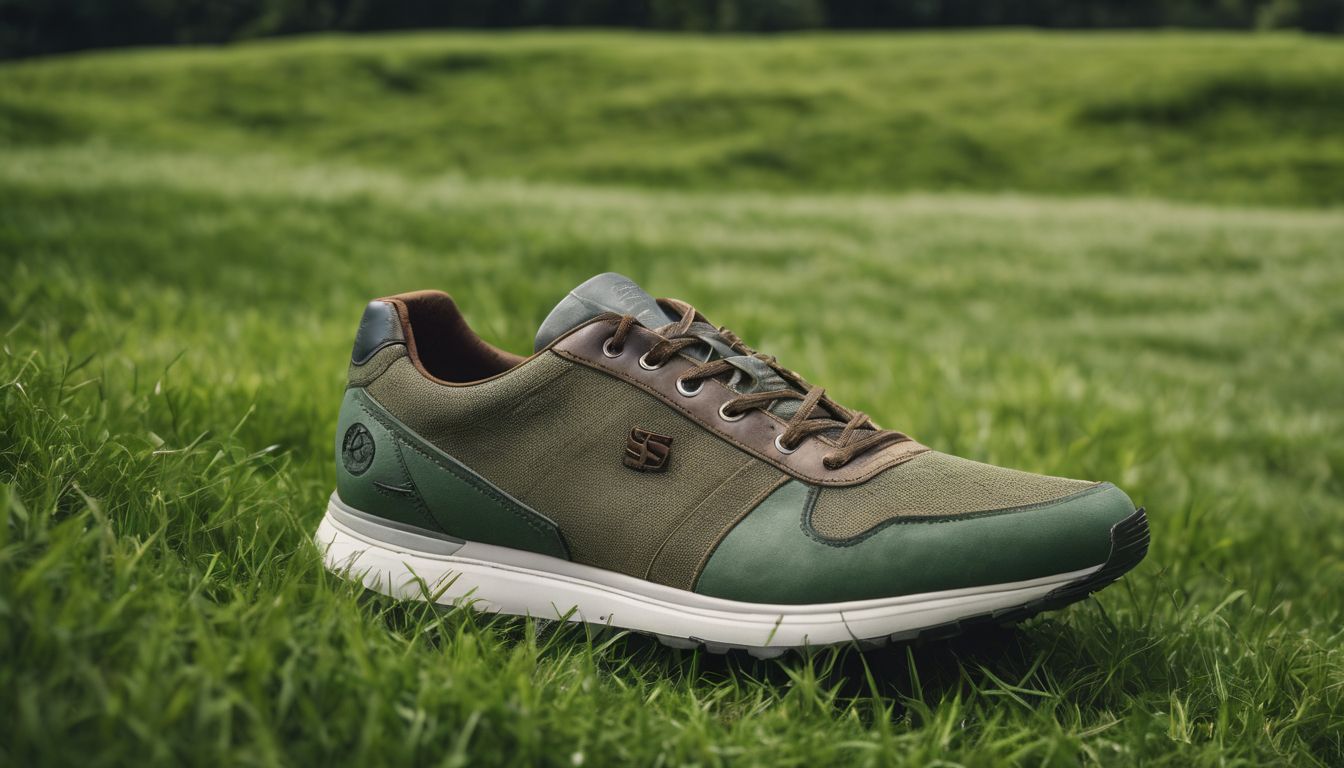Every year, 500 billion new plastic bags are consumed around the world. On average, that means a million bags are used every minute.1 Unfortunately, only 1%-3% of that amount actually gets recycled, meaning most of that plastic goes right into landfills or into the environment.2You could help fight this terrible plastic-filled landfill trend by collecting and fusing some of those plastic bags to make your own purse! This amazingly simple and cheap method is good for the environment, good for your stuff, and good for your wallet.
Benefits for the environment: Making your own fused plastic purse helps the environment twice. First, it reuses old plastic and prevents it from leaching into the soil or the ocean. Second, it reduces the demand for new material, helping to preserve the natural resources necessary to manufacture a new purse.
Benefits for your lifestyle: In general, the great thing about making your own purse is that it’s completely customizable to your needs. Also, if the purse tears, you can always fuse it back together again and add another strengthening layer. Fused plastic is actually a strong, durable, and waterproof material, so you can actually carry more things during worse weather without worrying about tearing your purse.3
Benefits for your wallet: Plastic bags are generally incredibly cheap, if not free. Durable fabric, on the other hand, can cost quite a pretty penny. However, the big money saver is that you don’t even need a sewing machine. The most expensive item you’ll need is an iron!
Time and Effort: Low to Moderate
This project is relatively simple and quick, as long as you have a plan and your supplies. At maximum, it should only take a few hours of cutting and ironing.
Cost: Extremely Low
This project doesn’t require anything expensive even if you buy all the materials. Since most people already own most of the necessary materials, this project should be extremely cheap for the majority of folks.
Materials:
Plastic Grocery/Shopping Bags
Clothes Iron
Ironing Board
Sewing pins
Scissors4
Plastic Garbage Bags
Tin Foil5 , Parchment Paper6, or Wax Paper7
Sewing Machine and Thread (optional)8
Directions:
- Planning the shape:
- Make the purse big enough: Although it seems like it should be easier, making a smaller fused plastic purse is actually more difficult than it would be with a sewing machine. One reason is that the fused plastic material is actually quite stiff relative to cloth fabric, which makes a small bag or pocket relatively difficult to turn inside out or iron inside.9
- Sewing vs. fusing seams: If you don’t have a sewing machine handy, you can actually make entire projects without sewing a single thing. Fusing seams together makes a watertight seal, perfect for waterproofing your bag from rain or snow.10 On the other hand, if you’re familiar with sewing techniques and want to create nice stitching patterns, you can just fuse a large amount of plastic bags to make a fabric for sewing.11 For a nice fused seam outline, check out the diagram to the right.
- Create a pattern that requires as few seams as possible: Unlike with cloth, sewing leaves unsightly and prominent holes in the plastic fabric.12 To prevent this from happening, use a pattern with a lot of folded edges and overlapping tabs, like a cereal box. If you’re making a purse with a flap on top, make sure to create a plastic fabric long enough to create a flap, two edges, and the bottom of the purse.13
- Fusing the plastic:
- Cut the plastic bags: Lay the plastic bags flat onto a table. For each plastic bag, cut off the top handles and the bottom seam of each plastic bag, leaving a square middle.14
- Ironing Precautions: Whenever one melts plastic, there is always a danger that the plastic will emit toxic gases into the air. Put your ironing board near a window, fan, or other well-ventilated spot in the house.15 To prevent the plastic from melting, start out on a low temperature and iron the plastic for only 15 seconds at a time.16 If you see smoke or smell the plastic melting, stop ironing immediately, let the plastic cool, and turn down the temperature of the iron.17
- Layering the plastic: You will want to iron 3-4 plastic bags (6-8 plastic bag layers) on top of each other. If you’re making a bigger piece of fabric, overlap the plastic bags over each other, keeping the layer density of the fabric at around 3-4 bags.18 If you don’t want a logo to show, turn the plastic square inside out so that the ink is in the middle. If you do want a logo to show on the outside, put the bag aside until it’s time to decorate the purse.
- Sandwich the bags: Sandwich any plastic between two pieces of parchment paper, tinfoil, or wax paper. These prevent the plastic from melting onto the ironing board or your iron.19
- Ironing the plastic: Start by ironing just one plastic bag. Using a low temperature and light pressure, press the iron on the top foil or paper for 15 seconds, keeping the iron moving. A slight crinkling sound as you iron is a good sign. Flip it all over and iron the other side as well. Remove the iron and wait a few seconds for the plastic to cool.20 Then, carefully lift a corner of the paper/foil to see if the layers have melted together. If not, try ironing again. If they have sufficiently melted, add another plastic bag and repeat the process until you have a complete fused plastic fabric.21
- Avoid common mistakes: If you see holes melting in the plastic, turn down the temperature of the iron. Make sure to iron the plastic evenly, including the edges and corners. Iron out any air bubbles to prevent the fabric from being too weak.22
- Preparing the style/decoration:
- Make the fabric colored: Using a dark one-color bag as your top layer makes the whole fabric look dark, and a brightly one-color bag as the top layer can make the whole fabric look like that top color, especially if all the other layers are white plastic bags. If you want to use a lot of white bags with logos, consider using logos with all the same colors, creating an interesting two-tone or three-tone style.
- Cut out colored shapes: It’s easy to fuse your own pattern onto fused plastic fabric. Cut out squares for a checkered pattern or cut out circles for a polka dotted pattern. For a cute and simple look, cut out a unique shape, like a heart or a flower, using that contrast from the basic fabric color.
- Use ribbons or tinsel: If you happen to have some extra holiday decorations or other craft materials lying around the house, feel free to add those to the top layer of your plastic fabric. Just use some clear plastic, like a sandwich bag, to secure it flat into the fabric.
- Try adding bubble wrap: For a unique effect, try using plastic bubble wrap. It’ll add an interesting honeycomb pattern and texture to the fabric, as well as put that bubble wrap to some good use after you’ve had your fun popping it.
- Creating the shape:
- Fusing a folded fabric: If you choose to fuse the folded fabric, overlap the tabs and carefully iron it evenly, leaving a clean and consistently spaced side to the purse. If it will help, consider using sewing pins to pin the tabs in place, but remove the sewing pins as necessary to avoid ironing them to the plastic.
- Sewing several pieces of fabric: If you choose to sew the fabric, leave about an inch seam allowance for the main purse and ¼” seam allowance for the purse straps. You may want to lower the thread tension to allow the thread to completely go through the plastic fabric.
- Making the straps:
- Fused straps: Use a new, large garbage bag to form the straps. If the top has any handle or tie, slice away these elements, leaving a flat plastic rectangle. Fold the bag in half, sandwich it between two pieces of tin foil or insulating paper, and fuse the plastic. Once it’s fully fused, fold it in half again and repeat the process. Keep repeating the process until you have a strap that’s twice the width you intend to use as straps. Slice down the middle of the strap, making two straps for each side of the purse. Iron the straps to the inside corners of the purse.
- Sewed straps: Cut out two pieces of fused plastic in the shape and size of the strap you intend to use. Using a ¼” seam allowance, sew the layers of plastic together. Repeat the process for the other strap. Sew the handles to the sides of the purse.
- Enjoy your purse and show your friends how to make their own!




